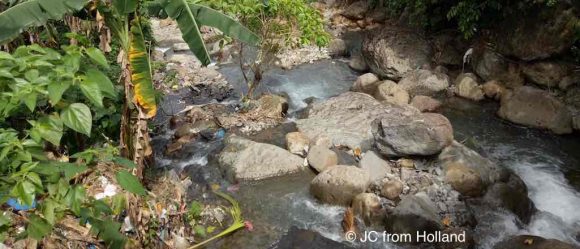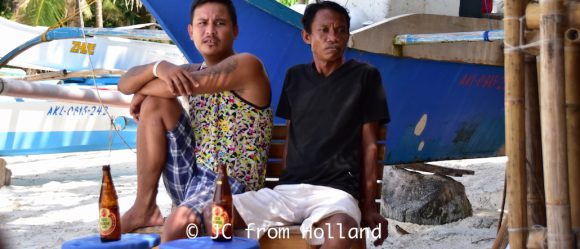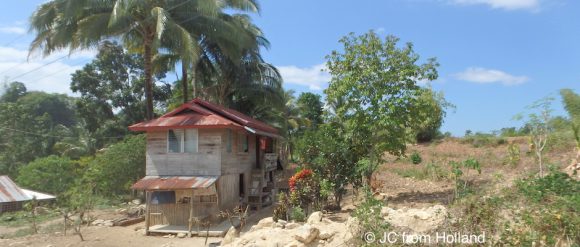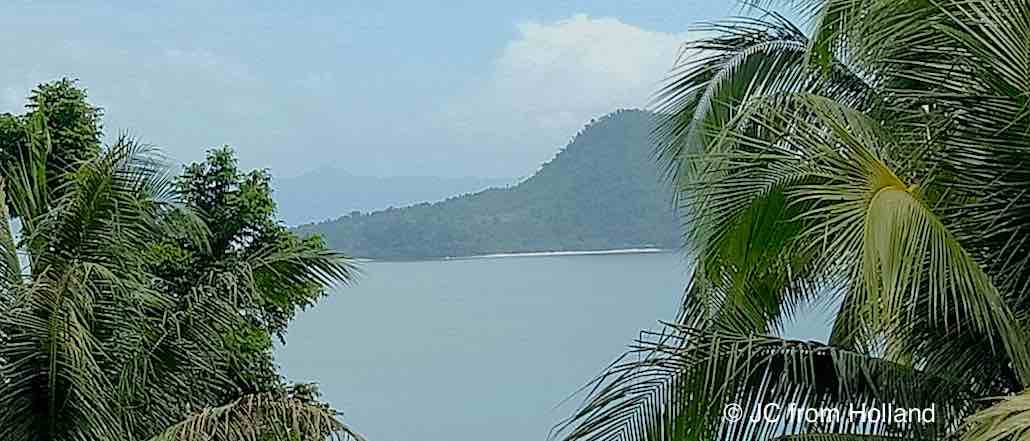
5 Things they do not tell you about the Philippines on Google
I lived in the Philippines for over 3 years before I finally decided it was time to go. And it has been quite an experience. I rode from Island to Island, lived on the Island of Siquijor for a while and learned a lot about this country, its people and culture, and travel in general.
What I also learned were a few things you only discover when living in the Philippines. Google will not show you these 5 things I’m about to share with you.
When you Google the Philippines you see sandy white beaches, palm trees, and smiling people. Deep blue skies and oceans and unspoiled territory that looks like your childhood Robinson Crusoe fantasy.
Do not be mistaken, there is a huge miscommunication on the internet when it comes to information about the Philippines.
Here are the 5 most important things I learned about the Philippines while exploring it.
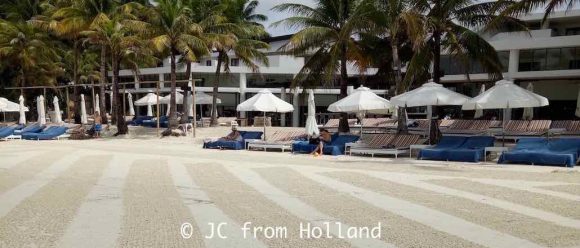
1. Not all beaches are white and unspoiled
I think to me that was the first bummer. The pollution in this country. Beaches covered with plastic, swimming among empty plastic bags and dirty diapers. The Filipino food industry offers everything in plastic, tiny plastic bags with 1 portion of shampoo, toothpaste, coffee, creamer, sugar, you name it it is available in one portion-sized bags. Plastic bottles are thrown out of Jeepneys as is candy paper and the place is drowning in garbage. It is everywhere. In the jungle, rivers, the roadside and beaches.
People burn their garbage every now and then so you will see these half-burned remains of household waste wherever you go. Even if the Barangays provide a garbage collection system.
I have seen people throw garbage of the ferries, out of cars and public transport, there seems to be little awareness of the effects of all this pollution on the environment.
Second: The Philippines has volcanic soil, most beaches here are grey-ish to black. And the few white beaches you do find are crowded, either with tourists or boats. For Filipinos beach equal food: seafood. So beaches are not used for recreation as much as they are for docking fishing boats and cleaning fish, nets, and boats.
Habagat winds blow the garbage soup around from island to island and beach to beach. One day you find yourself on this gorgeous white beach (as seen on Google Images) and the next day it can be covered with natural waste like seagrass, driftwood, floating coconuts and other debris……and lots of plastic.
2. Not all Filipinos are fluently on English and not all government announcements are in English
The internet teaches you that English is well-spoken and understand in the Philippines. But I dare to contradict that. Many Filipinos are too shy to speak or to say they do not understand you, due to their culture. Not all schools teach in English and government announcements more and more show up in Tagalog or Bisaya.
It is my belief that that is a good thing. This country has been split right down to the middle long enough as it is in search of an identity. It has been influenced by so many occupants that it is amazing they still have a strong sense of culture. To acknowledge and support a local language can help a country to develop a stronger identity.
That strong Filipino identity search is also developing in a stronger intolerance towards foreigners. Over the years the Philippines have learned some harsh lessons from both foreign occupants and tourism.
But in their eagerness to speak with you they will probably overcome their shyness and speak the little English they know with you. I have met so many nice and friendly people in the rural areas where I felt very welcome.

3. “Resort ” doesn’t always mean luxury in the Philippines.
To the first world a resort is a place with luxury, rooms, suites, pool, spa, fluffy towels and beach chairs. But in the Philippines, a resort can mean just that, or something totally different.
Look for ‘resort’ on your journey and you will be surprised. Although the Bureau of Tourism has resort-standards and star ratings, any place can name itself resort. Usually ‘resort’ means it is a party venue. Beach resort means it is near the sea, you can also find river resorts, mountain resorts, and hillside resorts. It is a collection of gazebo’s that you rent per hour or day, there is most likely videoke and you can bring your own food to bond with family and friends.
They are mostly too noisy for my liking since the Videoke ends in drunk singing till late at night. And do not be mistaken, although the President signed of law that all videoke and karaoke has to stop at 10 pm. that law is seldom applied.
4. They smile but they are not always happy people.
Filipinos smile a lot, even when they are not happy. And there are a lot of unhappy Filipinos. Not like people in the western world who strive for happiness in a job and within the family, where they work for money (it’s a job ma’am) and sit out the difference of opinion and bad behavior in relationships without confronting each other or searching for a different approach.
Even when their house floods every so many months in the rain season they smile. ‘Bahala na’ which means as much as it comes how it comes, is part of everyday life. And not many Filipinos will show you their true face.
It is in the minor details of body language that you notice there is something wrong. Avoiding eye contact f.e. is one of those.
The class society with a fast-growing gap between rich and poor has its own set of rules and regulations. Many poor people will address you as “Boss”, a polite way of stating that you are in charge and they are to obey. You see that in every day things: traffic, lines in shops and workplaces. Those in charge are the ones with the money and therefore the authority and you have to obey, whether you agree or not.
So smiling is the best way to get through the day very politely. Or hiding behind the cellphone. I have never seen people stare at their cellphones as much as in the Philippines.
5. There is much more poverty than shown in the news.
In Europe and probably also America we see those flashy pictures of life in Manila/Makati. Advertisement of the so-called subdivisions with fancy new build houses that you can rent to own. But the majority of the Filipinos still live in nipa or plywood houses, without any running (tap) water inside the house. Sometimes there are barangay CR’s and showers, but mostly you take a ‘road-side-bath’: some random pipeline coming from a well or river providing running water.
People carry water for miles to their homes up in the mountain or along the road if there is no such pipeline available nearby. Some Barangays have water transportation set up: somebody will fill all the empty jerrycans and buckets and someone else will bring them to the houses.
There are even some areas where there is no electricity yet.
People still cook on open fires either inside or outside the house. And although many have a big satellite dish on the roof, life inside these houses is rather primitive.
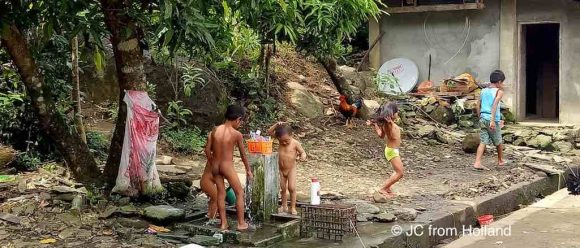
The three groups that form the Filipino society: rich, middle class and poor are separating from each other more and more and the poor can be divided into three groups as well: there is the poor, the poorer and the poorest of people, which are the beggars, the homeless, those wandering around with less to nothing, only a bunch of kids to feed.
It is my experience, and although I cannot find any publicized stats on this I just write what I see and experience, that the poorest of the poor is a fast-growing group. Unemployment failed overseas workers’ support and no family to take care of you make a lot of people homeless so it seems.
I was shocked to find so many people in rags, dirty, by the side of the road, sleeping under a cardboard box begging for food. Call me ignorant, after all, I live in a third world country, but it seems there are more of them now then there were 2 years ago.
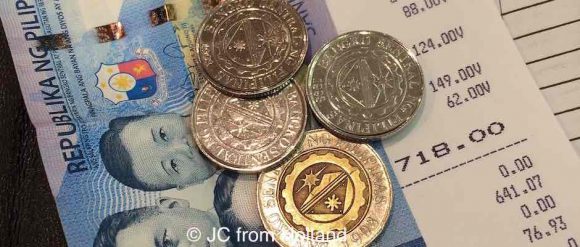
Maybe I should add a 6th…….The Philippines is not as cheap for a living anymore as it was. Prices are rising, taxes are rising and although living here is still a lot cheaper as it is in many parts of Europe and America, it is not as cheap anymore as it was, say….5 years ago. Housing prices are rising, food prices go up and gasoline prices are going higher and higher in the next few years (it is announced to be an average of 5 pesos per liter per year), so public transport will be more expensive and so will electricity be.
In the end, it is still a lovely country to roam around. You get used to a lot of things and you adjust. The longer you live here, the more you overlook, block out and ignore.
I tried to blend in, but that is sheer impossible since I will always be the ‘rich white woman’, although I am not rich and my expenses here are quite different from an average middle class Filipino.
In their believes my money grows on trees. And that is another thing about this country, they believe. Not only in God but in everything. Tell them a story and they will believe you, tell them a fairytale and they think it is the reality. I have also never met people that are so willing to escape reality in a make-believe world of ‘ forever’, ‘unlimited’ and ‘happily ever after’.
I almost envy them for that.
All information on this website is for free

Not too keen on PayPal? Use this link instead!
